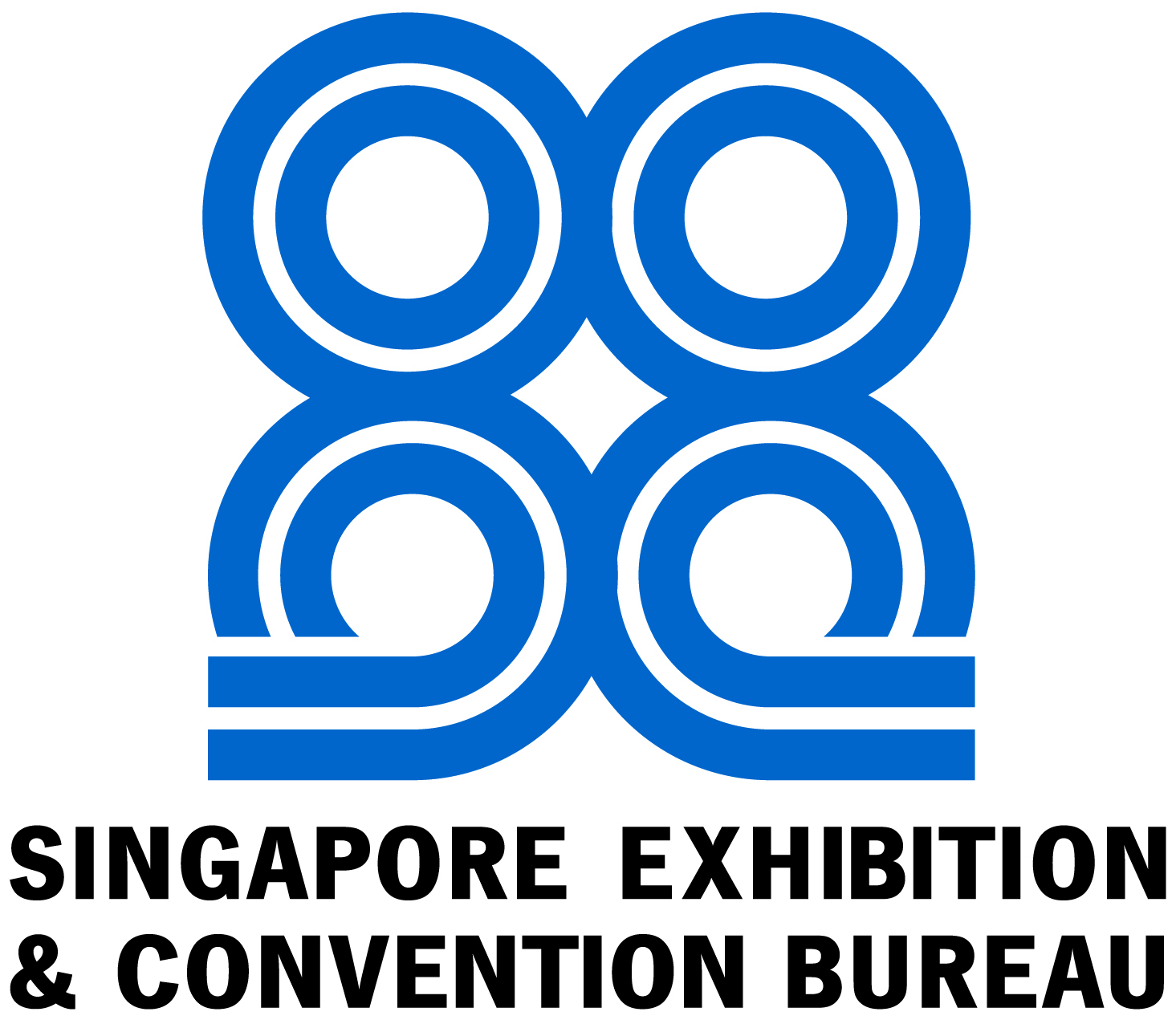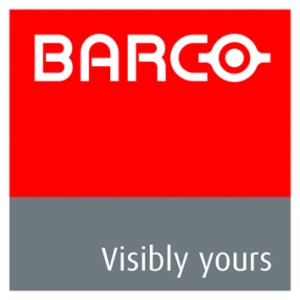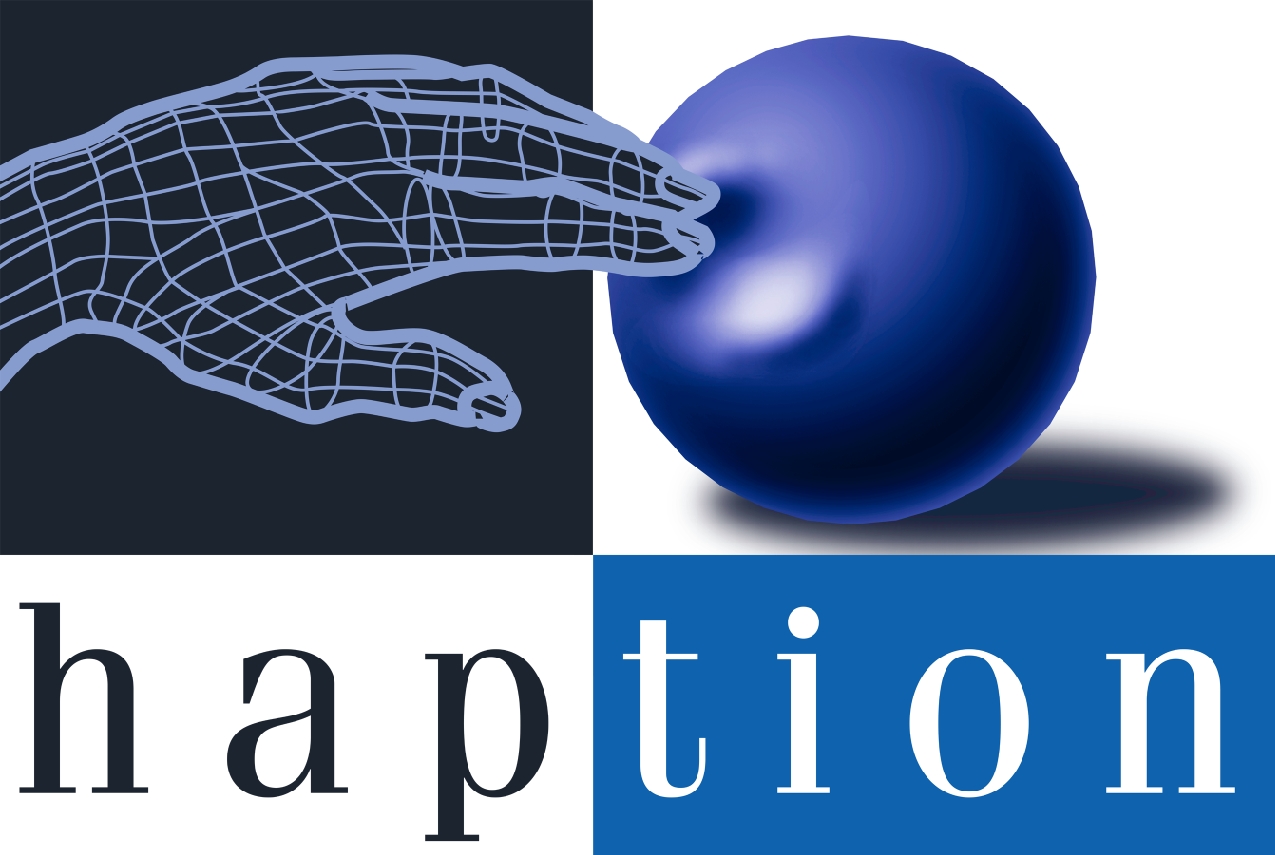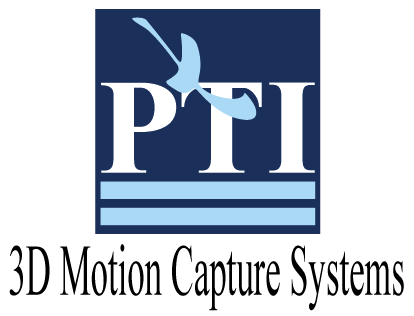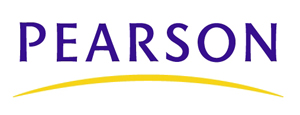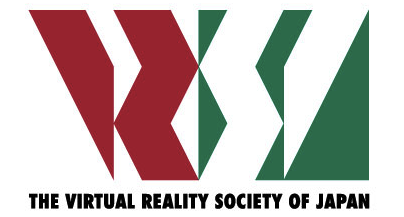





Tutorials Program
1. Virtual Humans in Virtual Reality
Full-day: March 19 Saturday, 9:00-16:30
Organizers: Daniel Thalmann and Nadia Magnenat Thalmann
The tutorial will explain:
1) How to model 3D Virtual Humans (head and bodies) interactively for real-time applications. We will show our recent work on how to define any body size from dimensions and also how we can take pictures to get our personalized head.
2) How these Virtual Humans (VH) are animated in real-time.
3) How we can define VH that have an emotional behavior (personality and mood and emotions) and how to allow them to remember us and have a believable relationship with us. This tutorial will also address the modelling of long-term and short-term memory. We will also explain interactions between users and virtual humans based on gaze and how to
model visual attention. In addition to the character gaze behaviors, we will show how to allow VH to respond to gestures (e.g. waving). We will explain different methods to identify user actions and how to allow VH to answer to them.
4) We will also show how we can create and animate a group and a crowd of people, and show how we can model VH differently from each other. We will present the concepts of behavioral animation, group simulation, intercommunication between virtual humans, and interaction between real humans and autonomous virtual humans.
http://vrlab.epfl.ch/~thalmann/VR 2011/
2. Hands-on on Dassault Systemes' 3DVIA Studio, the all-in-one solution for successful innovation using immersive real-time interactive 3D technologies
Half-day: March 19 Saturday, 13:30 - 17:00
Organizer: Dessault Systemes -- Industry Tutorial Program --
The session will start with an introduction from David NAHON, virtual reality leader at Dassault Systemes. David will speak about the current 3DVIA offer in terms of iV (Immersive Virtuality), its various applications in research and among DS industrial customers from various industries, and the future roadmap. David will also mention about www.3dvia.com, the online component of the 3DVIA platform.
Following that introduction, Hideyo SATO, expert in 3D real-time technologies, will animate the hands-on itself and let the attendees get themselves familiarized with using 3DVIA Studio authoring platform to create 3D interactive virtual reality applications.
Please note that the room can only accommodate a limited number of seats for this hands-on and we recommend interested visitors to register themselves by sending an email to joseph.debonnafos@3ds.com beforehand. Attendees are invited to use their own laptops to take part of the hands-on. A limited number of laptops will be also prepared – please specify in the email whether you come with your own laptop or not – first arrived first served basis.
Here are the requirements:
- Laptop running Windows XP, Vista or Seven
- Download in install 3DVIA Studio from www.3dvia.com
Experience in interactive real-time 3D is required to attend this hands-on in comfortable conditions.
3. An in-depth introduction to virtual reality programming
Full-day: March 20 Sunday, 9:00-16:30
Organizers: William R. Sherman
This tutorial will introduce basic programming concepts that are particular to virtual reality. The presentation will progress step-by-step from very a very simple world with no interactions (apart from physical immersion), and continue to add features related to 3D user interfaces, interactive rendering and interesting ways to travel through virtual worlds. The presentation will include the opportunity for audience members to follow along with software on their laptops, though the tutorial will also be valuable for those who wish to expressly follow the lectures.
http://freevr.org/tutorials.html
4. Introduction to Networked Graphics
Full-day: March 20 Sunday, 9:00-16:30
Organizers: Anthony Steed and Manuel Fradinho Oliveira
Our course will introduce attendees to best practice and recent advances in the networking of graphics applications. We take a broad view of networked graphics, including the domains of network games, virtual reality and networked simulations. We start by demonstrating why networked graphics applications have different requirements on the network compared to “normal” applications. We then pay particular attention to the issues of latency and scalability. We include some more detailed case studies including EA’s Burnout™ Paradise, Linden Labs’ Second Life and the DIS standard.
http://www.networkedgraphics.org/materials/ieeevr-2011
--------------------
For more information, please contact the Tutorials Chairs:
- Christoph Anthes, Johannes Kepler University, Austlia
- Victoria Interrante, University of Minnesota, USA
- Woontack Woo, GIST, Korea
vr-tutorialschairs [at] ieee.org

 Program
Program Past Conferences
Past Conferences




